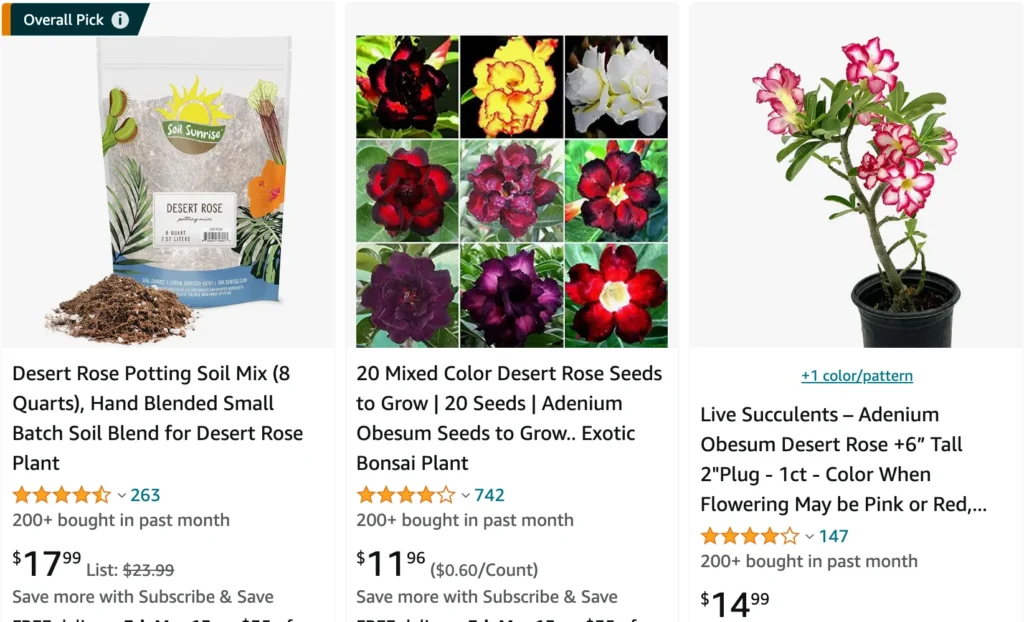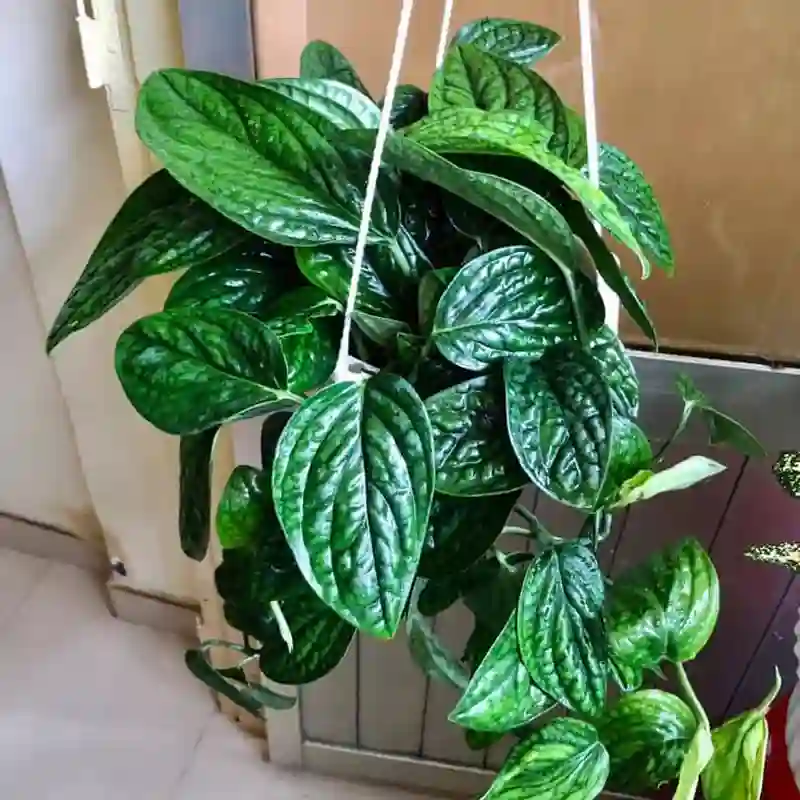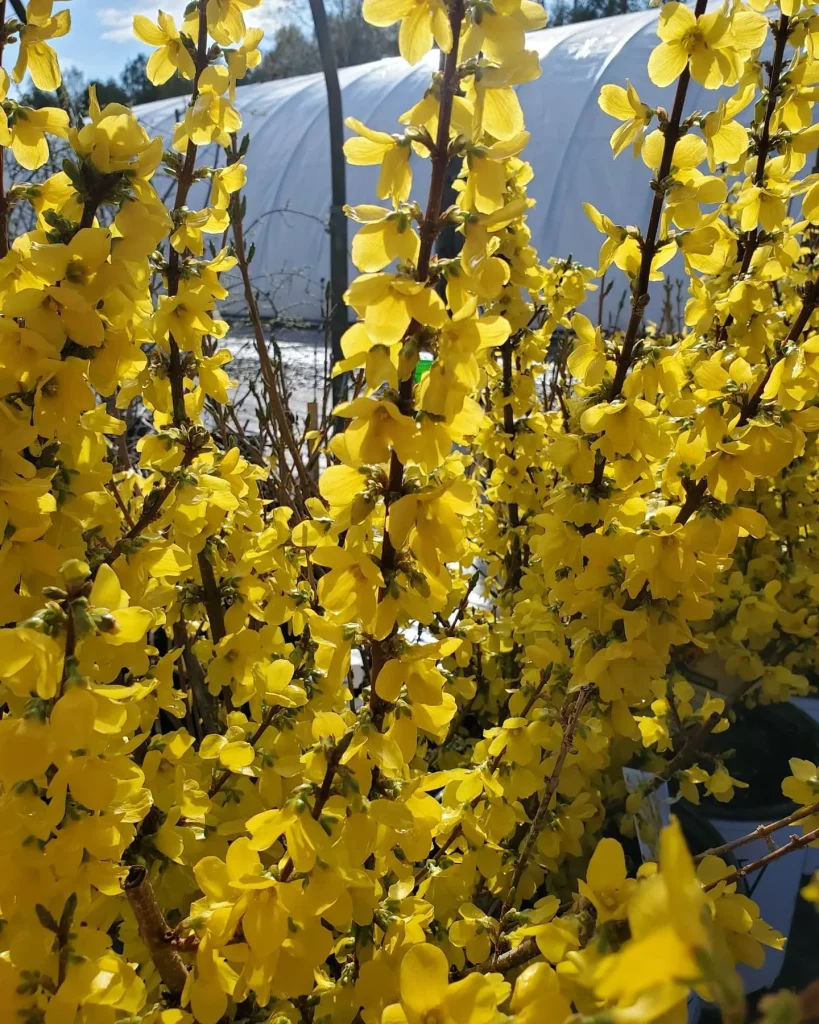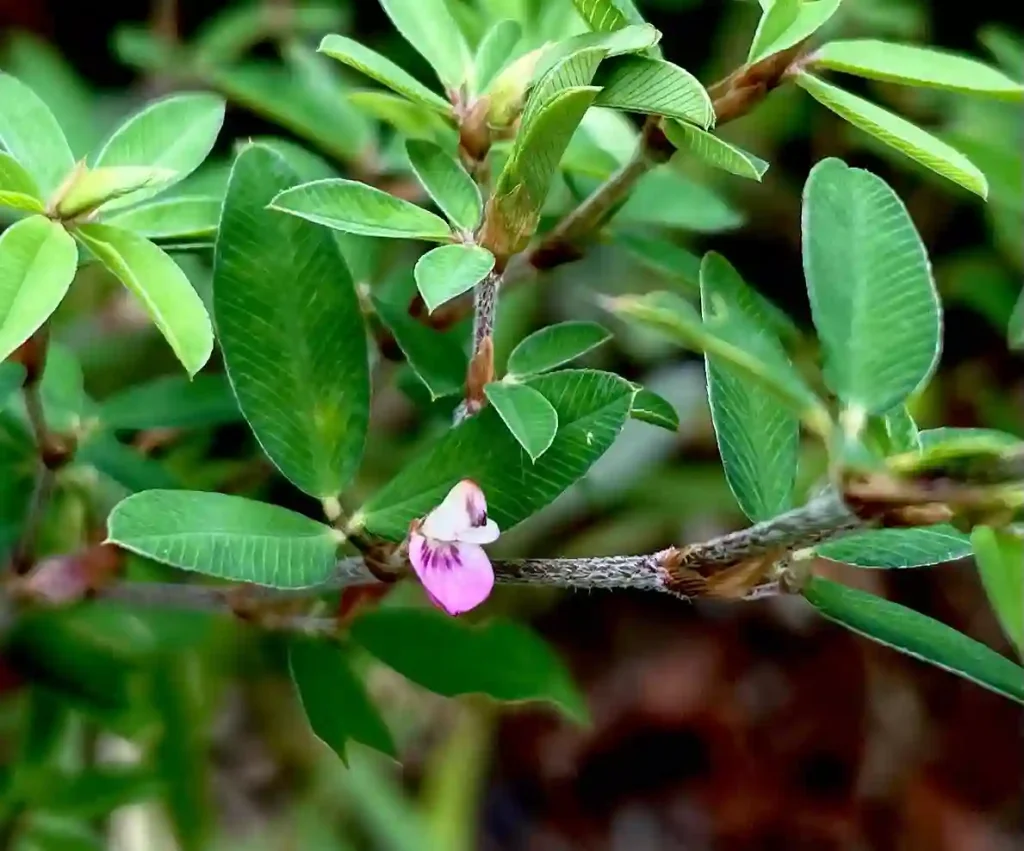
What is a desert rose?
Desert rose is a stunning succulent plant that has captured my heart with its unique beauty. It belongs to the Adenium genus and is native to arid regions of Africa and the Middle East. From my own experiences, I can tell you that desert roses are characterized by their thick, fleshy stems and vibrant, trumpet-shaped flowers that bloom in various shades of pink, red, and white. What truly fascinates me about desert roses is their ability to thrive in harsh desert environments with minimal water. They add a touch of exotic elegance to any garden or indoor space and have become one of my favorite plants to grow and care for.
How to prune Adenium Desert Rose?
Pruning my desert rose has become somewhat of a therapeutic ritual for me! Typically, I wait until after the flowering season to prune, usually in late spring or early summer. I start by examining the plant for any dead or damaged branches, which I promptly remove to promote healthy growth. Then, I selectively trim back any leggy or overcrowded stems to encourage a more compact and bushy shape. It’s essential to use sharp, clean pruning shears to prevent any unnecessary damage to the plant. Throughout the process, I step back frequently to assess the plant’s overall appearance, ensuring I maintain its natural beauty while promoting future blooms.
How to propagate desert rose?
Propagation of desert roses can be quite an exciting journey! Personally, I’ve found success using stem cuttings. First, I select a healthy stem with no signs of disease or damage. Then, I allow the cutting to callus over for a couple of days to prevent rotting. Once it’s calloused, I plant the cutting in a well-draining soil mix and keep it slightly moist. I’ve noticed that placing the cutting in a warm, bright location encourages quicker root development. It’s such a rewarding process to watch the new roots emerge, signaling the start of a new desert rose plant.
How to care for desert rose?
Caring for desert roses has been an enriching part of my gardening journey! From my experience, they thrive in sunny locations with well-draining soil. I’ve learned that watering is crucial; desert roses prefer to dry out between waterings to prevent root rot. During the growing season, I fertilize them with a balanced fertilizer every few weeks to support healthy growth and vibrant blooms. Pruning is another essential aspect of care, as it helps maintain a desirable shape and encourages more flowers. Lastly, protecting them from frost during colder months is crucial, as they’re sensitive to low temperatures. Overall, providing love, attention, and the right conditions has led to beautiful, flourishing desert rose plants in my garden.
How often to water desert rose?
Finding the right watering schedule for my desert rose has been a learning process! Through trial and error, I’ve discovered that it’s essential to allow the soil to dry out between waterings to prevent root rot. During the active growing season, typically spring and summer, I water my desert rose about once every 7 to 10 days, depending on the weather and humidity levels. However, during the dormant period in fall and winter, I reduce watering frequency to once every 2 to 3 weeks or even less, as the plant requires less moisture during this time. It’s crucial to always check the soil moisture level before watering and adjust accordingly to ensure my desert rose stays happy and healthy.
How to repot desert rose?
Repotting my desert rose is an exciting yet delicate task that I approach with care! When I notice that my plant has outgrown its current pot or the soil has become compacted, I know it’s time for a change. First, I prepare a new pot with fresh, well-draining soil mix, ensuring it’s slightly larger than the current pot to accommodate the growing roots. Then, I gently loosen the soil around the edges of the desert rose’s root ball and carefully lift the plant out of its old pot. If there are any dead or damaged roots, I trim them off with clean scissors. Next, I place the plant in the center of the new pot and fill in the gaps with the fresh soil mix, making sure to support the plant at the same depth as before. Finally, I water the desert rose thoroughly and place it in a bright, sunny location to help it adjust to its new home. It’s always a rewarding feeling to see my desert rose thrive after a successful repotting!
When does desert rose bloom?
From my experience, desert roses typically bloom during the warmer months, particularly in late spring and throughout the summer. However, the exact timing of blooming can vary depending on factors such as the specific variety of desert rose, local climate conditions, and the plant’s overall health and growing environment. In my garden, I’ve noticed that providing my desert rose with plenty of sunlight, proper watering, and occasional fertilization during the growing season helps encourage abundant and colorful blooms. Additionally, some desert rose varieties may produce sporadic blooms throughout the year, especially when conditions are favorable. Overall, witnessing the beautiful flowers of my desert rose is always a highlight of the gardening season!
Where to buy desert rose plant?
Finding a desert rose plant can be an exciting adventure! From my own experience, there are several places where you can purchase them. Local nurseries or garden centers often carry a variety of desert rose plants, especially during the spring and summer months when they are in high demand. Additionally, online plant retailers and specialized succulent nurseries are excellent resources for finding a wide selection of desert rose varieties, including rare and exotic ones. I’ve also had success finding desert rose plants at plant fairs, farmers’ markets, and botanical gardens that host plant sales or events. Wherever you choose to buy your desert rose, be sure to inspect the plant carefully for signs of health and vitality before making your purchase.
How to get desert rose to bloom?
Encouraging my desert rose to bloom has been a rewarding challenge! From my experience, providing the right conditions is key. First and foremost, ensuring my plant receives plenty of sunlight is crucial; desert roses thrive in bright, sunny locations. Additionally, I’ve learned to be mindful of watering, allowing the soil to dry out between waterings to prevent overwatering, which can inhibit blooming. During the growing season, I fertilize my desert rose with a balanced fertilizer specifically formulated for flowering plants to provide the nutrients it needs to produce vibrant blooms. Pruning is another important aspect; I trim back any leggy or overcrowded growth to promote bushiness and more flower buds. Lastly, maintaining consistent care and patience is essential, as it may take some time for the plant to reach blooming maturity. With dedication and the right care, my desert rose never fails to reward me with stunning blooms!
What color is desert rose?
Desert roses are incredibly diverse when it comes to color! From my experience, they come in a range of beautiful hues, including shades of pink, red, white, and even some with variegated patterns. The color of a desert rose can depend on various factors such as the specific variety or cultivar, environmental conditions, and even the age of the plant. Personally, I find the vibrant pink and deep red blooms particularly striking, but every color variation adds its own unique charm to these exquisite plants. Whether they’re showcasing bold, solid colors or delicate, multi-toned patterns, desert roses never fail to captivate with their stunning beauty.
What type of soil is best for desert rose?
In my experience, providing the right soil mix is crucial for the health and vitality of desert rose plants. I’ve found that a well-draining soil mix specifically formulated for succulents and cacti works best. This type of soil blend typically consists of a combination of coarse sand, perlite, and peat moss or coconut coir, which allows excess water to drain away quickly, preventing waterlogged conditions that can lead to root rot. Additionally, incorporating some organic matter into the soil mix can help provide essential nutrients to support the growth and blooming of desert roses. Overall, a porous and well-aerated soil mix is essential for promoting healthy root development and overall plant growth.
Can desert rose crystal go in the sun?
Desert rose crystals are indeed captivating, but they can be sensitive to prolonged exposure to sunlight. From my understanding, placing desert rose crystals in direct sunlight for extended periods may cause them to fade or lose their luster over time. Additionally, excessive heat from prolonged sunlight exposure could potentially lead to cracking or other damage to the crystal. Therefore, it’s generally advisable to display desert rose crystals in a location where they can receive indirect sunlight or in a shaded area to help preserve their beauty and integrity.
How to transplant a desert rose?
Transplanting a desert rose can be a delicate process, but with proper care, it can thrive in its new home. First, I prepare a new pot with fresh, well-draining soil mix, ensuring it’s slightly larger than the current pot to accommodate the plant’s roots. Then, I carefully loosen the soil around the edges of the desert rose’s root ball using a small shovel or garden fork. Once the roots are loosened, I gently lift the plant out of its old pot, taking care not to damage the roots. If there are any dead or damaged roots, I trim them off with clean scissors. Next, I place the desert rose in the center of the new pot and fill in the gaps with the fresh soil mix, making sure to support the plant at the same depth as before. Finally, I water the desert rose thoroughly and place it in a location with bright, indirect sunlight to help it adjust to its new environment. Regular watering and care will help ensure a successful transplant and continued growth of the desert rose.
Why are the leaves on my desert rose turning yellow?
Yellowing leaves on a desert rose can be a sign of various issues, but from my experience, it’s often related to either overwatering or underwatering. Overwatering can lead to root rot, causing the leaves to turn yellow and eventually wilt. On the other hand, underwatering can cause dehydration and nutrient deficiencies, resulting in yellowing leaves as well. To address this, I would first assess the soil moisture and adjust my watering routine accordingly, making sure not to water too frequently and allowing the soil to dry out between waterings. Additionally, I would check for any signs of pests or diseases that could be affecting the plant’s health and treat them promptly if necessary. Providing proper sunlight, well-draining soil, and regular fertilization can also help maintain the overall health of the desert rose and prevent yellowing leaves in the future.
Why is my desert rose squishy?
A squishy desert rose plant is often a sign of overwatering or root rot. Overwatering can lead to the roots becoming waterlogged, which causes them to rot and become mushy or squishy. This condition deprives the plant of essential oxygen, leading to the deterioration of the roots and the plant’s overall health. To address this issue, I would carefully examine the plant’s roots and soil to assess the extent of the damage. If the roots are mushy and dark-colored, I would trim away any affected roots using clean, sharp scissors, and allow the remaining healthy roots to dry out by withholding water for a period of time. Repotting the plant in fresh, well-draining soil can also help prevent further root rot. Additionally, adjusting the watering routine to ensure the soil dries out between waterings can help prevent future occurrences of root rot and squishiness in the desert rose plant.
How to take care of desert rose bonsai?
Caring for a desert rose bonsai is a unique and rewarding experience! From my understanding, it requires similar care to that of a regular desert rose plant, with a few additional considerations due to its bonsai form. Firstly, I ensure that the bonsai receives plenty of sunlight, as desert roses thrive in bright, sunny conditions. However, I also protect it from intense midday sun, which can scorch the leaves. When watering, I am careful not to overwater, as bonsai pots typically have limited drainage and can retain excess moisture. Instead, I water the bonsai when the top inch of soil feels dry, ensuring thorough watering while allowing excess water to drain away freely. Pruning is essential to maintain the bonsai’s desired shape and size, and I regularly remove any dead or unhealthy branches to encourage new growth. Lastly, I fertilize the bonsai during the growing season with a balanced fertilizer to support its health and promote blooming. With consistent care and attention to its specific needs, a desert rose bonsai can thrive and become a beautiful centerpiece in any collection.



